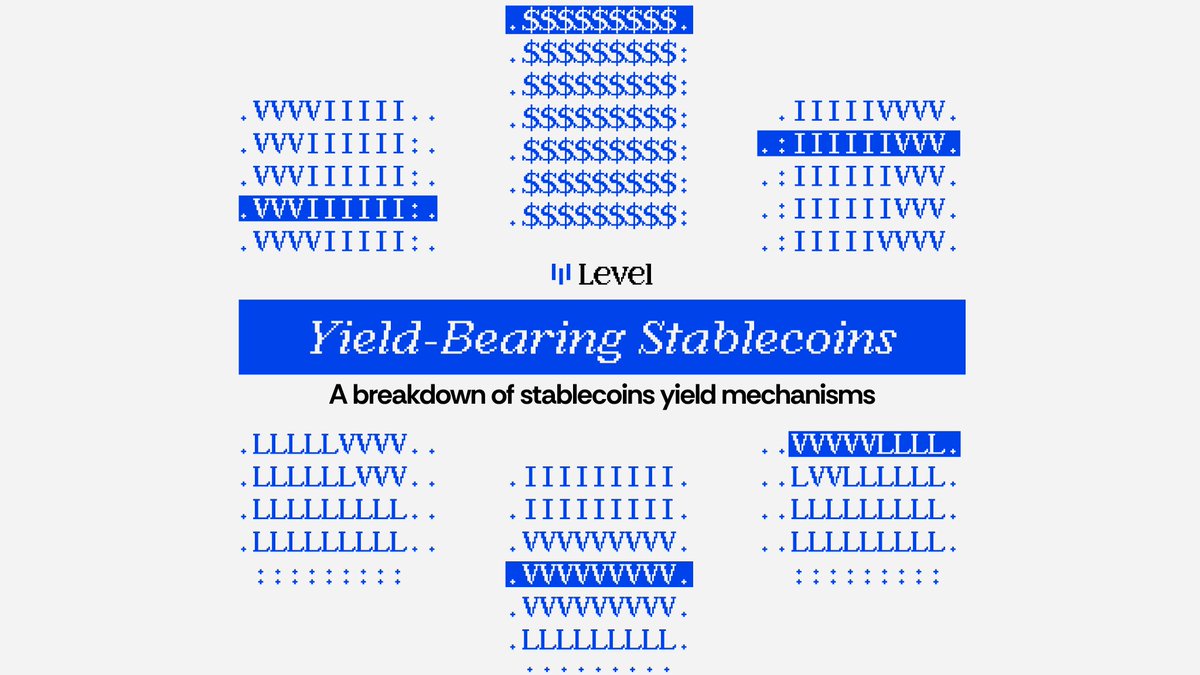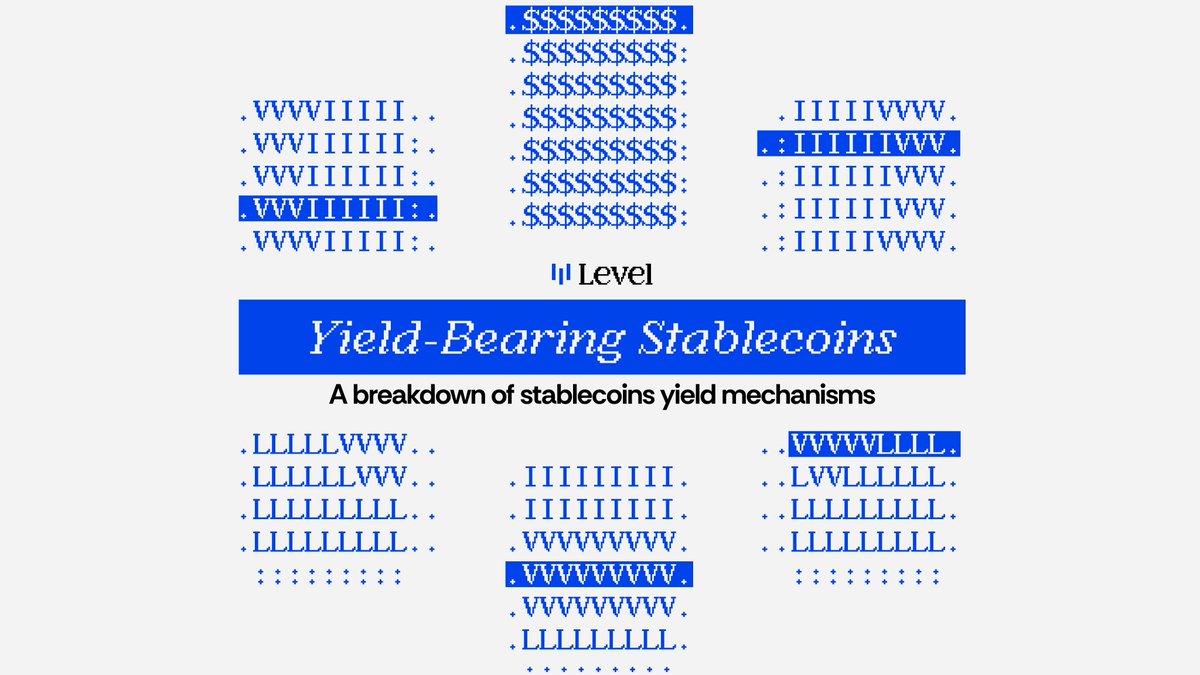5 diseños, 5 caminos hacia el rendimiento.
El capital inteligente no solo busca rendimiento, también es consciente del riesgo.

Stablecoin Yields Aren’t All Built the Same
Yield-bearing stablecoins are becoming a core part of DeFi’s capital base. But not all yield is created equal and the mechanisms vary widely.
At @levelusd, reserves are routed through onchain lending markets. Others deploy capital into tokenized Treasuries. Some rely on synthetic hedging or rebasing mechanics.
Each design carries trade-offs: transparency, composability, scalability.
Over time, only a few have proven durable.
Here’s a breakdown of the five different models, and why the most resilient systems still center around one thing: lending.
1️⃣ Lending-Backed Yield
Deposits go into protocols like @aave or @morpholabs. Borrowers pay interest. Yield flows to holders, either directly or via wrappers like slvlUSD.
→ Fully onchain
→ Variable but composable
→ No intermediaries
Level uses this model. For a reason.
2️⃣ Tokenized Treasuries (RWA-Backed)
Reserves are parked in tokenized T-bills or similar TradFi instruments. Yield is streamed or rebased via custodians.
→ Predictable returns
→ Permissioned rails
→ Custody risk
TradFi-aligned, but can struggle to integrate with DeFi systems.
3️⃣ Delta-Neutral Hedging
Backed by ETH, stETH or similar assets, paired with short perps to neutralize price exposure. Yield comes from funding rate arbitrage.
→ Onchain mechanics
→ High APY in bull runs
→ Complex and brittle
These work, until they don’t.
4️⃣ Crypto-Collateralized & Algorithmic Stablecoins
These stablecoins often rely on crypto collateral and algorithmic design. Their yield tends to come from minting fees, borrowing interest, or token incentives.
→ Fully onchain and non-custodial
→ Can maintain peg with market incentives
→ Exposed to depeg risk and complex feedback loops
Volatility can significantly impact the stability and sustainability of this model.
5️⃣ Vault Wrappers
The stablecoin itself remains fungible and money-like. Yield is opt-in via a secondary token (e.g. slvlUSD), which accrues interest from defined strategies.
→ Modular and transparent
→ Preserves usability
→ Frictionless integrations
This is the foundation of Level’s design.
The takeaway:
Yield isn't created equally, and the mechanism behind it matters.
When deciding where to allocate your capital, consider custody models, composability, and the volatility of different stablecoins.
For a protocol aiming to build an on-chain bank, only one mechanism consistently delivers battle-tested performance, transparency, and scale: lending yield.
Level 🆙

51,69 mil
46
El contenido de esta página lo proporcionan terceros. A menos que se indique lo contrario, OKX no es el autor de los artículos citados y no reclama ningún derecho de autor sobre los materiales. El contenido se proporciona únicamente con fines informativos y no representa las opiniones de OKX. No pretende ser un respaldo de ningún tipo y no debe ser considerado como un consejo de inversión o una solicitud para comprar o vender activos digitales. En la medida en que la IA generativa se utiliza para proporcionar resúmenes u otra información, dicho contenido generado por IA puede ser inexacto o incoherente. Lee el artículo vinculado para obtener más detalles e información. OKX no es responsable del contenido alojado en sitios de terceros. El holding de activos digitales, incluyendo stablecoins y NFT, implican un alto grado de riesgo y pueden fluctuar en gran medida. Debes considerar cuidadosamente si el trading o holding de activos digitales es adecuado para ti a la luz de tu situación financiera.

